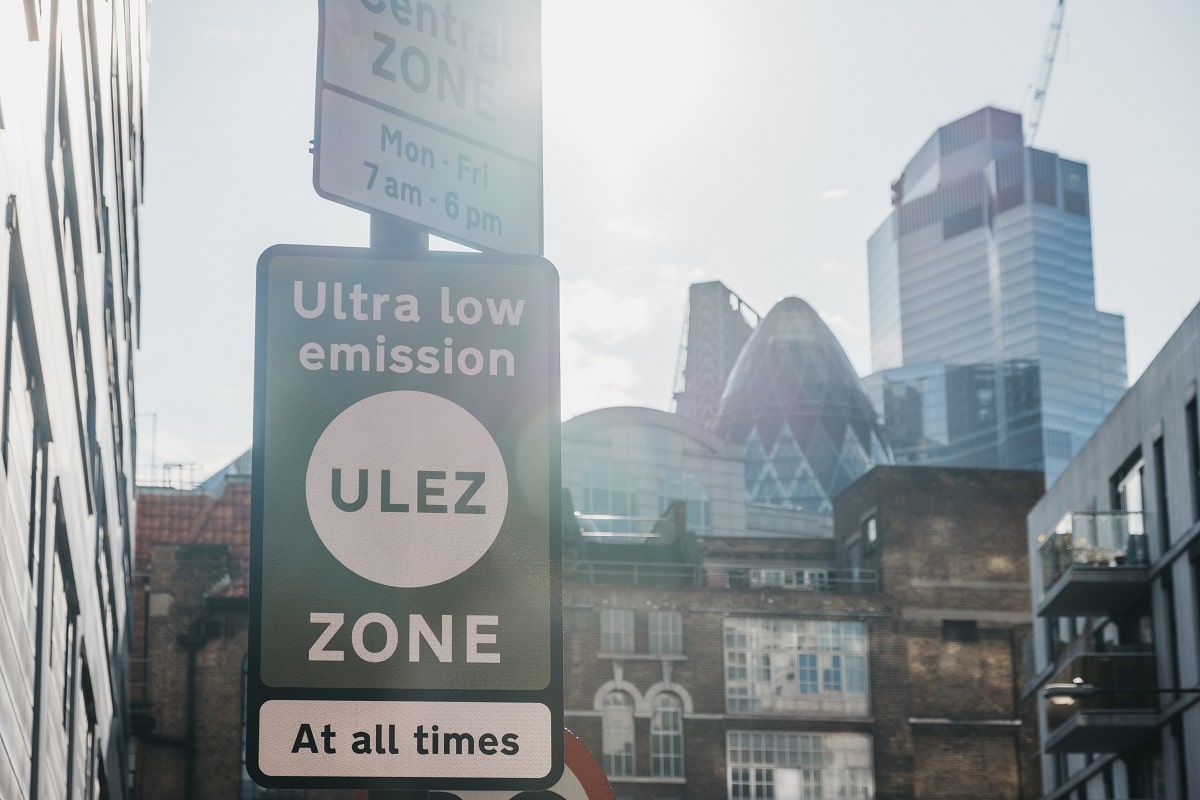According to new research in the US, the WHO’s guidelines for air quality standards still do not prevent the health risks associated with air pollution. Our air quality standard in the UK is even worse than these guidelines.
Hidden Dangers of Air Pollution Unveiled
A new study has revealed that the UK and US governments are allegedly not doing enough to prevent the health risks associated with air pollution, as it doesn’t take much to affect the public’s lungs.
According to UK government information, it only takes a small amount of exposure to potentially hit the public with things like “lung function impairment, asthma exacerbation, and increased hospital admissions and mortality.”
Researchers from the United States said that any PM2.5 exposure is unsafe to the public and could trigger detrimental health problems
Even minimal exposure increases the risk of cardiovascular diseases, challenging previous assumptions about safe pollution levels.
Main Two Concerns
The two main pollutants to worry about are PM (Particulate Matter) and NO₂ (Nitrogen Dioxide), with PM, stemming from natural sources, ie, dust and pollen, and vehicle emissions. NO₂ comes primarily from human-made sources such as combustion engines that stay running during car traffic jams.
The study revealed a huge surge in hospital admissions for cardiovascular diseases when Americans were exposed to average PM2.5 levels.
Contrary to assumptions, another study revealed that adhering to WHO-recommended PM2.5 levels does not guarantee safety.
UK Falling Short
In the UK, the air quality standard is still above the WHO’s recommended guidelines, meaning there’s room for improvement since studies have shown that these guidelines may not be enough.
In the US, the EPA (the Environmental Protection Agency) decided to improve the air quality standard, which President Joe Biden said would give people “more productive and active lives.”
According to Gregory Wellenius, co-author of one study, the issue of air pollution risks in the body affects all ages and doesn’t just target children and the elderly.
“We are seeing a multitude of effects from this pollution, from chronic obstructive pulmonary disease to asthma,” said Wellenius, before admitting it affects “people at very low levels.”
WHO Guidelines Not Enough
The studies showed that hospital visits for cardiovascular and respiratory issues and emergency visits for respiratory problems escalate even when short-term PM2.5 exposure remains below the WHO limit.
Weelenius observed that “Chronic obstructive pulmonary disease,” and “asthma,” along with various health issues, arise even at low pollution levels.
PM2.5 particles silently infiltrate the lungs when inhaled and have become more of an issue since the rise in the combustion of fossil fuels, such as wildfires that arise from the climate crisis.
UK’s Improvement Measures
The UK has improved its measures in the last decade, introducing schemes such as the Clean Air Strategy in 2019, introducing plans to ban fossil fuel cars by 2030 and phase out coal power plants.
Despite these measures, critics argue more needs to be done to strengthen people’s lives in the here and now, as the air quality standard remains above the WHO’s allegedly flawed recommendations.
Biden’s Call For Clean Air
Over in the US, President Biden argued that “This final air quality standard will save lives and make all people healthier, especially within America’s most vulnerable and overburdened communities.”
Wellenius claimed that countries should not have to choose between a strong economy and cleaner air quality, arguing that the public can have both, prompting the UK to do more.
More Articles Like This…
Broken Britain: 12 Reasons Behind the UK’s Decline
Say the Unsayable: 10 Occasions When Farage Spoke His Mind About Britain
The post Air Quality Still Falls Short of WHO’s Recommendations first appeared on Edge Media.
Featured Image Credit: Shutterstock / Alena Veasey.
Oscar Davies, an expert in US and UK politics and sports, is renowned for his sharp and engaging writing style, appealing to a broad spectrum of readers.

